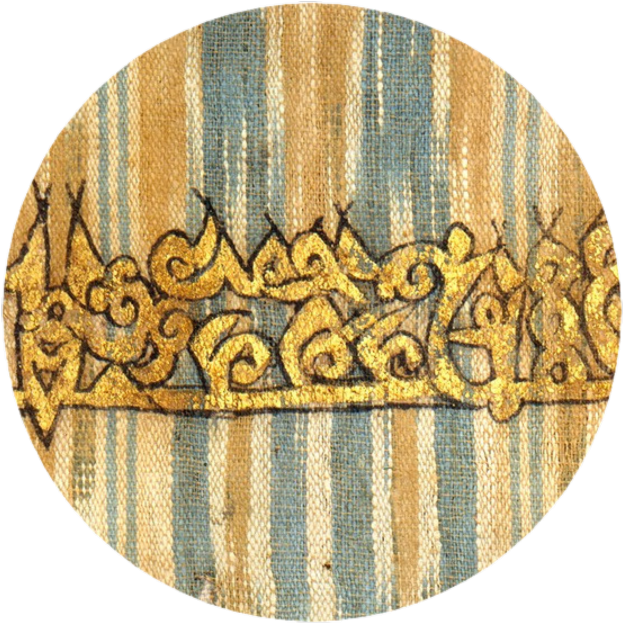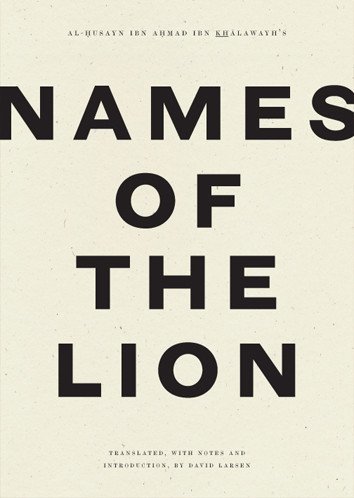The rainbow is an atmospheric phenomenon that occurs during conditions of humidity, in no position other than standing upright. At its height, it traverses the sphere of [sublunar frigidity called] al-zamharīr, while its extremities hang just above the surface of the earth. Its appearance is limited chiefly to the beginning and end of the day, opposite the rising or the setting of the sun. The visible share of the rainbow amounts to no more than half a circle, and is always a lesser segment unless the sun is on the horizon. In that case, a semicircular rainbow is seen, such that a ray emerging from the center of the sun will graze the surface of the earth until it meets the geometric center of the rainbow standing on the opposite horizon. With any elevation of the sun above the horizon, less than half a circle's worth of rainbow will be seen. Since the area occupied by the rainbow is defined inversely by the sun's position, its height and length decrease according to the increase in the solar elevation angle.
Know that between the apex of the rainbow and the circular area of the solar halo (mentioned earlier in our treatise) there is a certain equivalence. They have the same cause, which is the impact of sunshine on particles of humid vapor that are present, and its reflection back in the direction of the sun.
The visible hues are four. These correspond to the four qualities which are heat, humidity, cold and dryness; and also to the elements which are fire, air, water and earth; and also to the seasons which are summer, autumn, winter and spring. And also to the four humors - which are the black and yellow bile, the phlegm, and blood - do they bear a similarity. To the colors of the flowers of plants and trees they bear a formal analogy, for when the seven colors of the rainbow come out it is a sign of the air's humidity, the proliferation of rain, and the increase of the grasses, orchard fruits and grain crops. Its appearance is as a joyful proclamation which nature presents to animals and humans, announcing the fecundity of the season.
As for those vulgar interpretations of the rainbow which read indications of the coming year into the relative intensity of its colors - with predominance of red for the spilling of blood, yellow for victims of illness, blue for war and green for fertility - these are altogether a matter for omen-readers.
From his treatise On the Cosmos
Know that between the apex of the rainbow and the circular area of the solar halo (mentioned earlier in our treatise) there is a certain equivalence. They have the same cause, which is the impact of sunshine on particles of humid vapor that are present, and its reflection back in the direction of the sun.
The visible hues are four. These correspond to the four qualities which are heat, humidity, cold and dryness; and also to the elements which are fire, air, water and earth; and also to the seasons which are summer, autumn, winter and spring. And also to the four humors - which are the black and yellow bile, the phlegm, and blood - do they bear a similarity. To the colors of the flowers of plants and trees they bear a formal analogy, for when the seven colors of the rainbow come out it is a sign of the air's humidity, the proliferation of rain, and the increase of the grasses, orchard fruits and grain crops. Its appearance is as a joyful proclamation which nature presents to animals and humans, announcing the fecundity of the season.
As for those vulgar interpretations of the rainbow which read indications of the coming year into the relative intensity of its colors - with predominance of red for the spilling of blood, yellow for victims of illness, blue for war and green for fertility - these are altogether a matter for omen-readers.
From his treatise On the Cosmos





